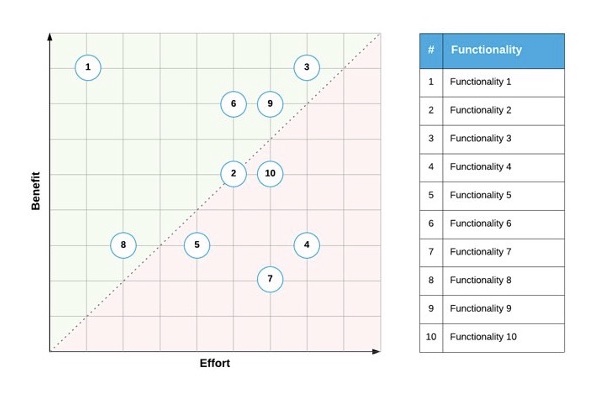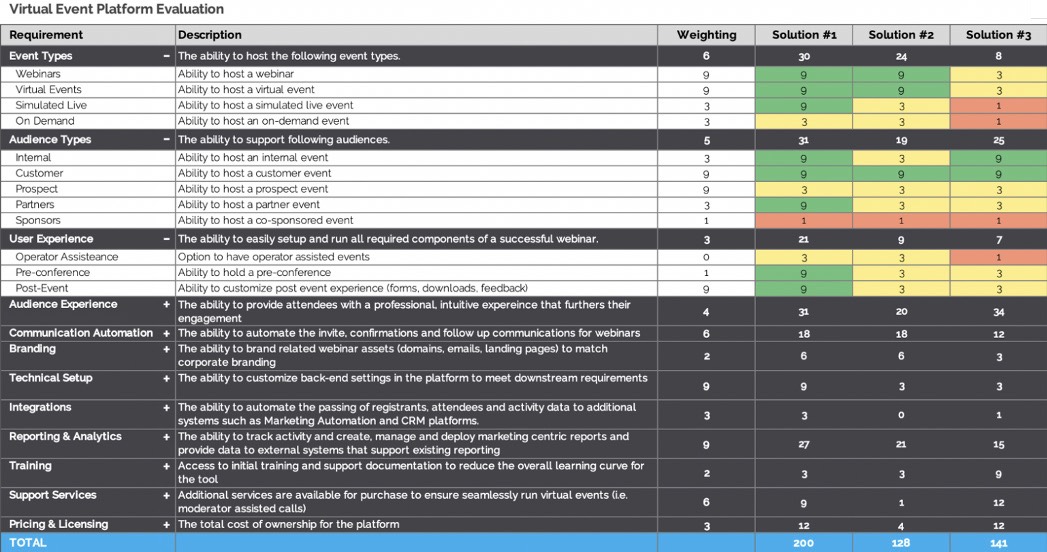
Selecting the right technology vendor is a critical decision for organizations aiming to enhance their technological capabilities and stay competitive in today’s fast-paced business landscape. The vast array of technology solutions and service providers makes it essential to conduct a strategic and thorough evaluation process. This guide outlines a proven step-by-step approach to technology vendor selection, emphasizing the importance of identifying key capabilities and using a weighted assessment methodology.
Defining Business Goals and Needs
Understanding that each organization has unique technological requirements is the first crucial step in the vendor selection process. To embark on this journey, it’s essential to identify and comprehend your organization’s specific business goals and needs. Engage stakeholders from various departments, including IT, operations, and end-users, to gather insights into the functionalities that provide the most value. A Benefit/Effort analysis helps objectively prioritize features based on their impact and feasibility, ensuring that the selected functionalities align with your strategic objectives.

Evaluations and Assessments
Once you have a clear understanding of your desired features and requirements, it’s time to evaluate potential technology vendors. Begin by narrowing down your options to a select few and engage in in-depth discussions with each vendor. Develop a set of evaluation criteria and questions that delve into the nuances of their offerings, involving technical experts from your team in the assessment process.
Below are assessment criteria that are typically considered:
- Solution Compatibility with Business Goals
- User Experience and Interface
- Integration Capabilities
- Technical Support and Maintenance
- Scalability and Flexibility
- Security Measures
- Pricing Models and Licensing
- Vendor Reputation and Track Record
- Weighted Assessment Methodology
- Transition to a Weighted Assessment
Move from evaluations to a weighted assessment methodology that aligns with your organization’s priorities. Establish a scoring model by assigning weights to each assessment category based on their significance in achieving your strategic goals. Utilize a scoring matrix, such as the 1-3-9 matrix, to emphasize the importance of top-priority elements. Score each vendor based on their effectiveness in fulfilling the defined categories and features.
Here’s an example of a scoring matrix used for assessing technology vendors in the virtual events:

Look Beyond the Tech
While a critical aspect, the vendor selection process isn’t just about finding a provider that aligns with your current needs – it’s also about establishing a (potentially long-term) partnership. Once you have assessed and scored vendors, it’s essential to consider the bigger picture. Evaluate their willingness to collaborate, adapt, and grow with your organization. Look for signs of a vendor’s commitment to ongoing improvement and innovation. Effective communication, shared values, and a proactive approach to problem-solving can be strong indicators of a fruitful and enduring partnership.
After making your selection, engage in open discussions with the chosen vendor to set clear expectations and establish a solid working relationship. Establishing key performance indicators (KPIs) and regular review processes can help ensure that the partnership continues to meet your evolving needs. Remember that technology is ever-changing, and a strong vendor partnership can provide the agility and expertise needed to navigate these changes successfully. By selecting a vendor that not only meets your current requirements but also demonstrates the potential for a long-term, collaborative partnership, you position your organization for sustained technological success and growth.
Following this approach means organizations can identify the vendor best suited to meet their technological needs. The process ensures a seamless integration and alignment with your organization’s strategic objectives and company culture, helping you stay at the forefront of technology-driven advancements and innovation.


